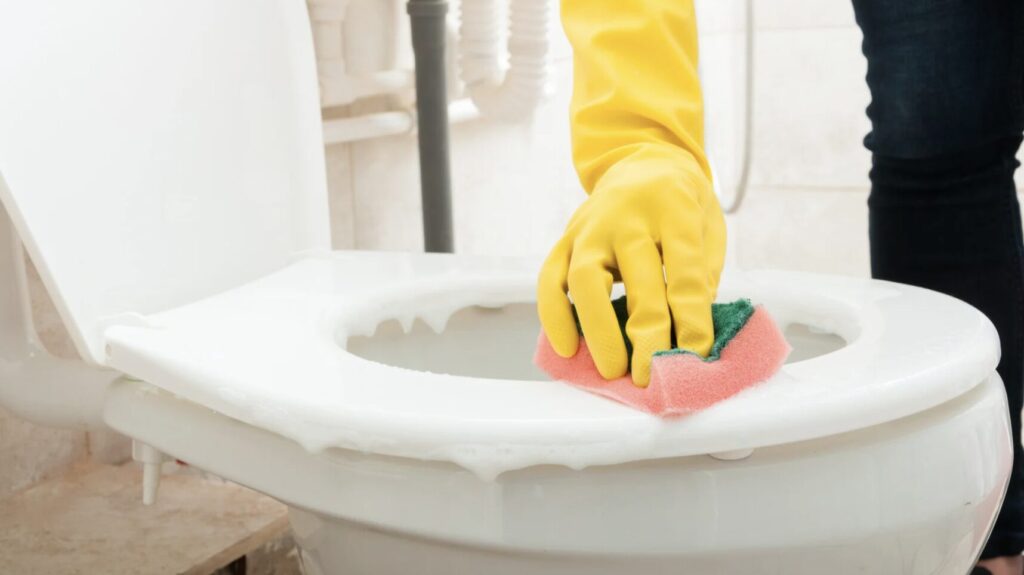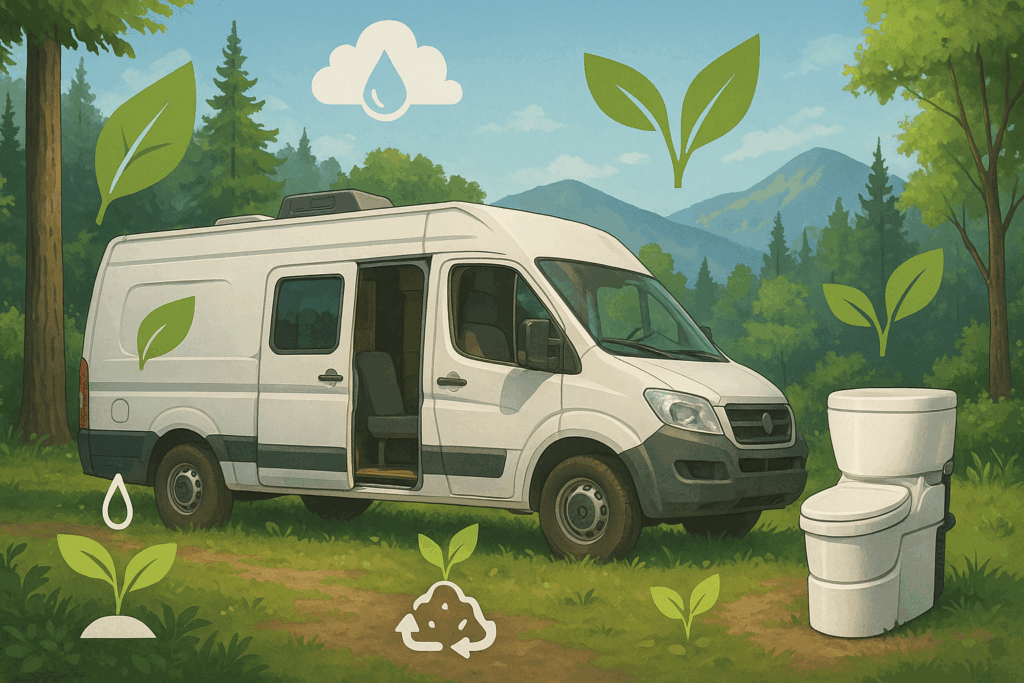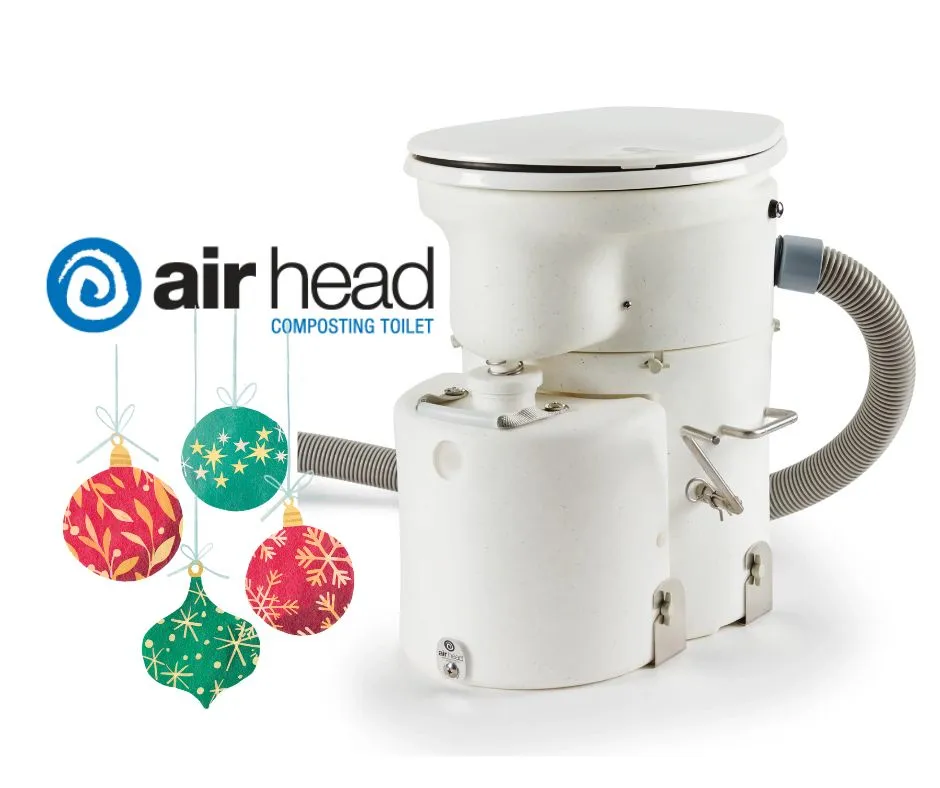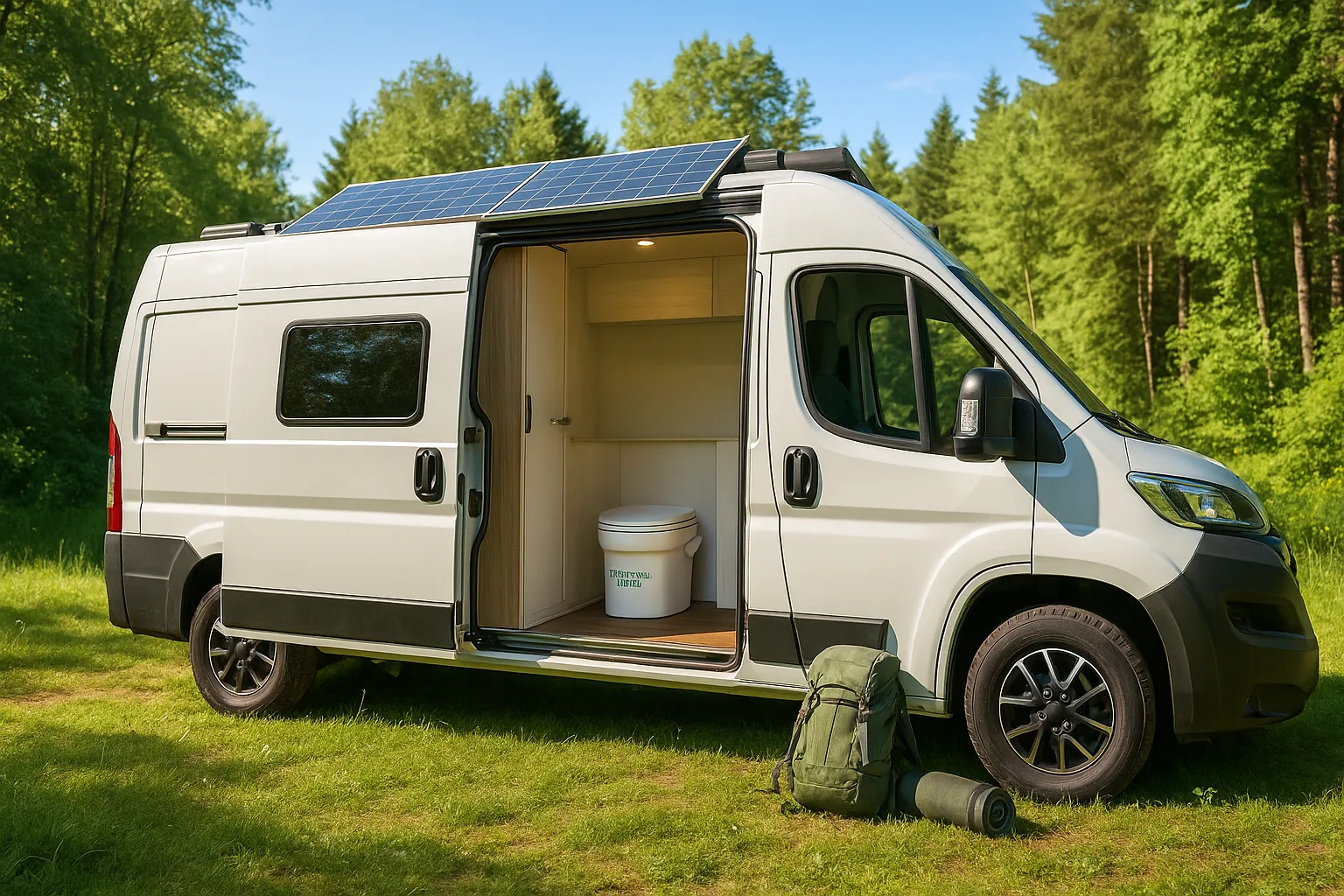
Traveling in an RV offers freedom, adventure, and a sense of self-sufficiency that’s hard to beat. But one of the least glamorous aspects of life on the road is dealing with waste management. Traditional RV toilets often require regular dumping, unpleasant chemicals, and constant maintenance. Enter the RV ready composting toilet – Air Head – an eco-friendly, low-maintenance solution gaining traction among road warriors and sustainability enthusiasts alike.
In this guide, we explore everything you need to know about composting toilets for RVs. From understanding how they work and why they’re ideal for mobile living, to installation tips and expert maintenance advice, you’ll discover how an RV ready composting toilet can transform your travel experience. Whether you’re new to RV life or a seasoned boondocker, this article is your one-stop resource for smart, sustainable sanitation.
Why Every RV Adventurer Needs a Composting Toilet
Traditional RV toilets require a holding tank, black water management, and regular trips to dump stations. These constraints limit travel flexibility, particularly for those exploring remote or off-grid locations. With a composting toilet, RV users can eliminate black tanks altogether, freeing up storage and enhancing travel freedom.
Moreover, composting toilets use no water and minimal electricity, making them an environmentally responsible choice. They significantly reduce water usage and eliminate the need for harsh chemicals, aligning with eco-conscious travel goals. This green approach appeals not only to nature lovers but also to full-time RV dwellers aiming for off-grid independence.
Lastly, odor control technology has evolved significantly in modern composting toilets. High-quality RV ready composting toilet models include built-in fans, urine separators, and sealed compost chambers, ensuring a hygienic and odor-free experience. As the popularity of tiny homes, van life, and sustainable living continues to rise, composting toilets are becoming an essential RV upgrade.

What Is an RV Ready Composting Toilet?
An RV ready composting toilet is designed specifically for mobile living. Unlike standard composting toilets built for cabins or off-grid homes, these units are compact, vibration-resistant, and optimized for space-saving installation in RVs. They typically feature urine-diversion systems, which keep liquid and solid waste separate, aiding the composting process and minimizing odor.
Most RV ready models, such as the Air Head Composting Toilet Complete Unit, are self-contained systems. They include a solids tank, a urine container, ventilation fan, and optional customization to enhance comfort.
What makes them “RV ready” isn’t just their size. It’s their ability to function flawlessly in a moving vehicle without spilling, leaking, or malfunctioning. These units are designed with mobility, stability, and efficiency in mind, allowing you to go further, longer, without worrying about waste.
The Benefits of Composting Toilets for RV Users
Perhaps the biggest draw for an RV ready composting toilet is off-grid freedom. Without the need for dump stations, you can camp virtually anywhere, for longer stretches, without compromising hygiene or convenience. This is particularly beneficial for boondocking or staying in remote wilderness areas.
Eco-conscious travelers will appreciate that these toilets conserve water and eliminate the use of chemicals. According to the EPA, the average flush toilet uses about 1.6 gallons per flush. A composting toilet eliminates this usage entirely, making it a responsible choice for conserving freshwater resources.
Additionally, these toilets offer a cleaner, odor-free experience. With separate containers for liquids and solids, odors are minimized naturally. Modern units use compact fans and bio-materials like coconut coir or peat moss, which neutralize smells and aid decomposition. For added peace of mind, check out this guide on how to keep the smells away.
How to Choose the Right RV Ready Composting Toilet
Choosing the right composting toilet involves balancing features, space, and budget. The first step is to measure your RV’s bathroom area and determine how much space you can allocate. Use resources like Details & Dimensions to assess fit and compatibility.
You’ll also need to consider usage: are you traveling solo, as a couple, or with a family? Larger tanks may be necessary for frequent use. For example, products like Tejo offer flexibility and capacity enhancements. Likewise, evaluate the ventilation setup. Most units require external venting, so plan ahead to route fans and hoses properly.
Lastly, consider convenience features and support. Air Head, for instance, offers a full range of accessories like crank handles and paper carriers. Make sure the brand you choose is backed by reviews and service, as seen on their testimonials page.

Installation Tips for RV Ready Composting Toilets
Installing your composting toilet doesn’t need to be intimidating. Most systems are user-friendly and come with detailed guides. The Air Head installation page walks you through each step with diagrams and suggestions. Start by clearing the space and securing a level foundation to anchor the toilet base.
Next, route the ventilation system. This often involves running a flexible hose from the toilet to an exterior vent cap, which might require a hole in your RV wall or floor. Don’t skip this step—proper venting is essential for odor control. Use accessories like the extra fan shroud to fine-tune airflow.
Daily Use: What It’s Really Like to Live With a Composting Toilet in Your RV
Using a composting toilet might sound intimidating at first, but it’s actually simple and intuitive. Begin by adding a compost medium, such as Peat bricks, to the solids container. This material aids decomposition and keeps waste dry.
When nature calls, liquids are diverted to a front container, while solids drop into the rear tank. A crank handle mixes the compost, helping it break down. Thanks to the urine separator and vent fan, there’s virtually no odor. For women, Air Head is based on male/female-friendly designs for comfort and practicality.
Regular use involves emptying the urine container every 2-3 days and solids every few weeks (depending on use). Check out this practical walkthrough on how to empty your composting toilet safely. With a good routine, most users find the system easier and cleaner than conventional black tank systems.

Maintenance and Cleaning Best Practices
Keeping your composting toilet in top shape is essential for longevity and hygiene. Start with routine cleaning using biodegradable, non-chemical products. Air Head’s blog on cleaning composting toilets outlines the best practices.
For the solids tank, you’ll typically empty it once it’s two-thirds full. You can compost the waste at home (if local regulations permit) or discard it in a sealed bag in a standard dumpster. Always rotate the crank handle to aerate contents after each use.
Every few months, check the fan and ventilation hose for clogs. Replace filters if needed and sanitize the urine container with a vinegar solution to prevent buildup. A little effort goes a long way to ensure your RV ready composting toilet remains fresh and reliable.
Cost Breakdown: Upfront Investment vs Long-Term Savings
While the upfront cost of a composting toilet may seem steep, it often pays for itself over time. Units like the Air Head Complete typically range from $1,000 to $1,200 depending on features and accessories. Compared to the long-term cost of chemicals, dump station fees, and water waste, the savings add up quickly.
Here’s a quick comparison:
| Expense Category | Traditional RV Toilet | Composting Toilet |
|---|---|---|
| Water usage | 1.6 gal/flush | 0 gallons |
| Chemicals per month | $15-$25 | $0 |
| Dump station fees/month | $20-$60 | $0 |
| Maintenance (annual) | $100+ | $30 |
Additionally, many RVers who use composting toilets report greater freedom, fewer maintenance headaches, and lower stress—priceless benefits for long-term travel.
RV Ready Composting Toilets vs Cassette and Portable Toilets
It’s important to understand how RV ready composting toilets compare to other common options. Cassette toilets offer compactness but require frequent manual emptying. Portable toilets are cheap and simple but lack odor control and sustainability features.
Composting toilets stand apart for their ecological benefits and low maintenance. They use natural decomposition rather than chemicals and don’t rely on water. Learn more in our comparison: Air Head vs Conventional Mobile Systems.
Moreover, composting toilets offer peace of mind. No leaks, no smells, no stress about finding dump stations. Their only real competitor in functionality is a cassette toilet with a built-in flush system—but that still requires more water, electricity, and waste handling.

Making the Switch to a Composting Toilet for Your RV
Whether you’re chasing sunsets in the Southwest or exploring national forests off-grid, an RV ready composting toilet can change how you travel. These systems are reliable, eco-friendly, and designed to meet the unique needs of RV campers, off-gridders, and vanlifers.
Making the switch is more than just a plumbing upgrade. It’s a lifestyle decision that prioritizes sustainability, independence, and simplicity. As featured in Air Head’s guide on why a composting toilet is perfect for RV owners, the change is worth every penny.
If you’re ready to explore models, check out the RV & Campers section or head to the USA Shop for available units and accessories. With the right setup, your next adventure can be cleaner, greener, and freer than ever before.








